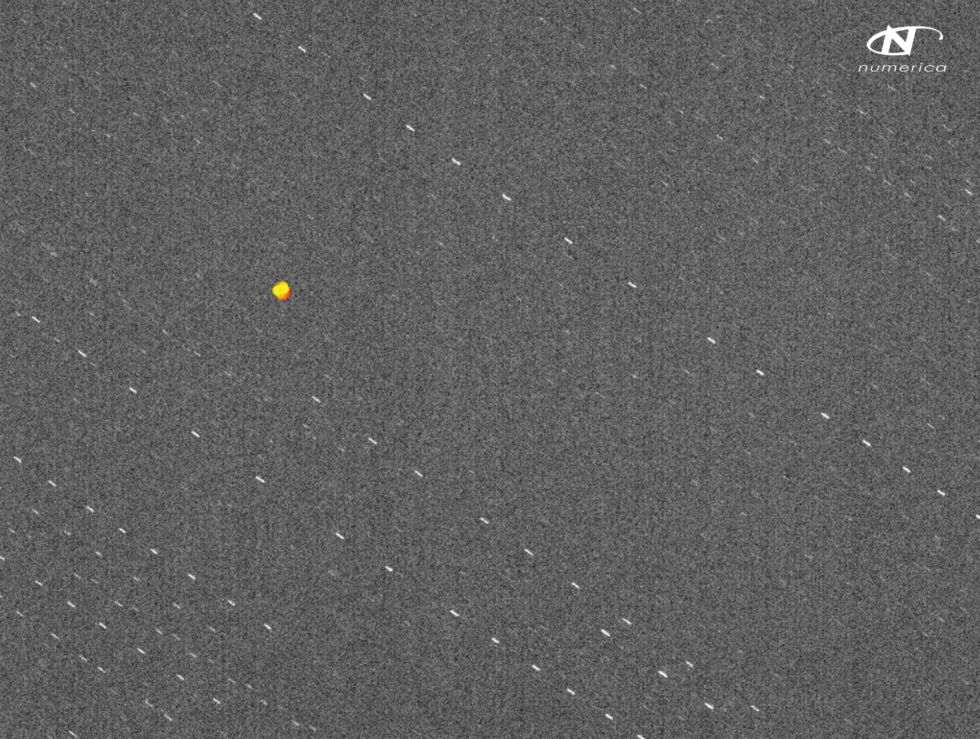-

Image showing the Russian Cosmos 1408 satellite before impact on Monday morning. [credit: Slingshot Aerospace ]
Although it will likely require weeks of careful observations before scientists have enough tracking data to fully map the debris cloud from the destruction of the Cosmos 1408 satellite, the early returns are distressing.
An array of government entities and private companies, as well as university scientists, have been collecting and analyzing data since Monday morning, when a Russian Nudol missile struck a two-ton satellite in low Earth orbit. The aging Russian satellite was at an altitude of about 480 km, amidst a fairly congested environment of commercial and government satellites.
The kinetic blast appears to have sent debris from the satellite across a broad range of altitudes. Based upon initial data, a space situational awareness firm named SpaceNav calculated that some of the largest pieces of debris have already reached altitudes from as high as 1,100 km and as low as 300 km above the Earth.
No comments:
Post a Comment